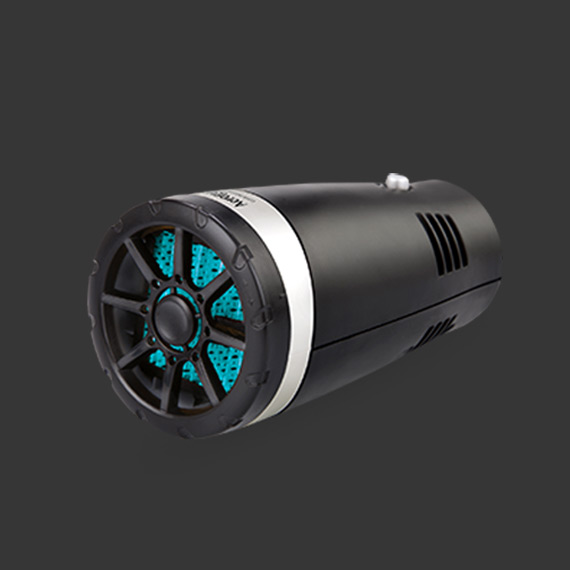broken gear shift linkage cable
Understanding Broken Gear Shift Linkage Cables
The gear shift linkage cable is a critical component of a vehicle's transmission system, allowing drivers to smoothly change gear and control the engine's power output. Unfortunately, these cables can become worn or broken over time, leading to an array of issues that can affect your vehicle's performance and safety. In this article, we will explore the causes, symptoms, and solutions for a broken gear shift linkage cable.
Causes of Cable Damage
A variety of factors can contribute to the deterioration of gear shift linkage cables. One common cause is corrosion, which often results from exposure to moisture and salt from the road. This exposure can weaken the metal components, leading to eventual breakage. Additionally, normal wear and tear over the years can lead to fraying or snapping of the cable, especially if the cable is routinely used under heavy loads or in harsh driving conditions. Improper installation or adjustment during maintenance can also cause undue stress, increasing the likelihood of failure.
Symptoms of a Broken Cable
broken gear shift linkage cable

Recognizing the signs of a broken gear shift linkage cable is crucial for timely repairs. One of the most apparent symptoms is difficulty shifting gears. Drivers may notice that the gear lever feels loose or unresponsive, which could indicate a broken or disconnected cable. In some cases, the vehicle may become stuck in one gear, preventing the driver from switching to neutral or reverse, which can be particularly dangerous. Other signs might include grinding noises when shifting or warning lights on the dashboard, indicating a transmission issue.
Solutions and Repairs
If you suspect that your gear shift linkage cable is broken, it’s essential to address the problem promptly. Ignoring the issue could lead to further damage to the transmission system, resulting in more expensive repairs. The first step is to inspect the cable for visible signs of damage, such as fraying or kinks. If damage is detected, the cable will need to be replaced. This process typically involves removing the old cable and installing a new one, a task that may require specialized tools and knowledge of the vehicle's transmission system.
Regular maintenance can help prevent issues with the gear shift linkage cable. This includes keeping the vehicle clean and free of debris, avoiding harsh driving conditions when possible, and having routine inspections performed by a qualified mechanic.
In conclusion, understanding the role and potential issues of the gear shift linkage cable is vital for any vehicle owner. By being aware of the causes and symptoms of damage, drivers can take the necessary steps to ensure their vehicles remain safe and functional on the road. Regular maintenance and prompt repairs will ultimately enhance vehicle performance and extend its lifespan.
-
Upgrade Your Vehicle with High-Quality Handbrake CablesNewsNov.01,2024
-
Optimize Your Bike's Performance with Quality CablesNewsNov.01,2024
-
Enhance Your Vehicle's Performance with Quality Clutch ComponentsNewsNov.01,2024
-
Elevate Your Vehicle's Performance with Quality Throttle CablesNewsNov.01,2024
-
Elevate Your Vehicle's Performance with Quality CablesNewsNov.01,2024
-
Affordable Solutions for Your Cable NeedsNewsNov.01,2024
